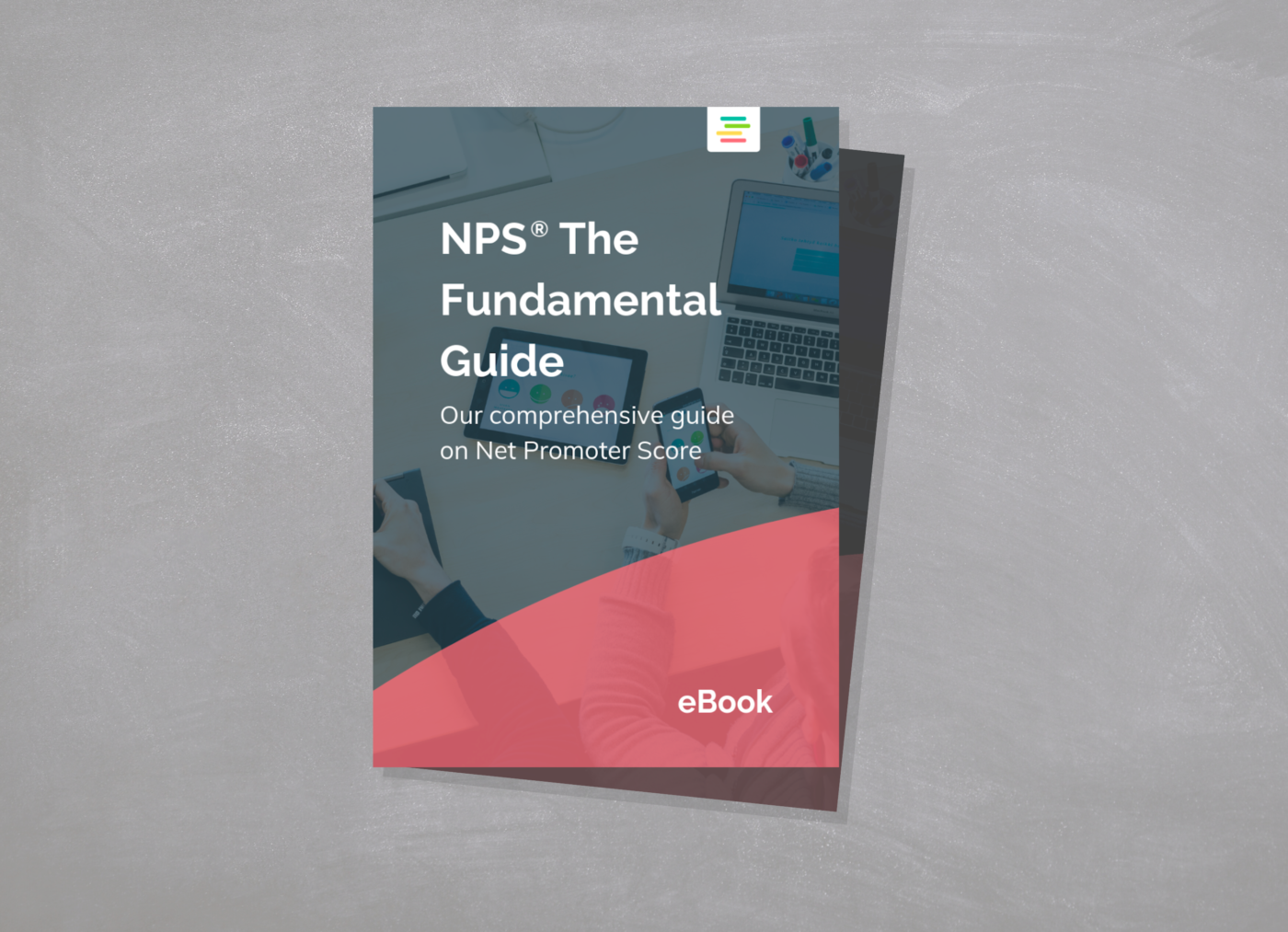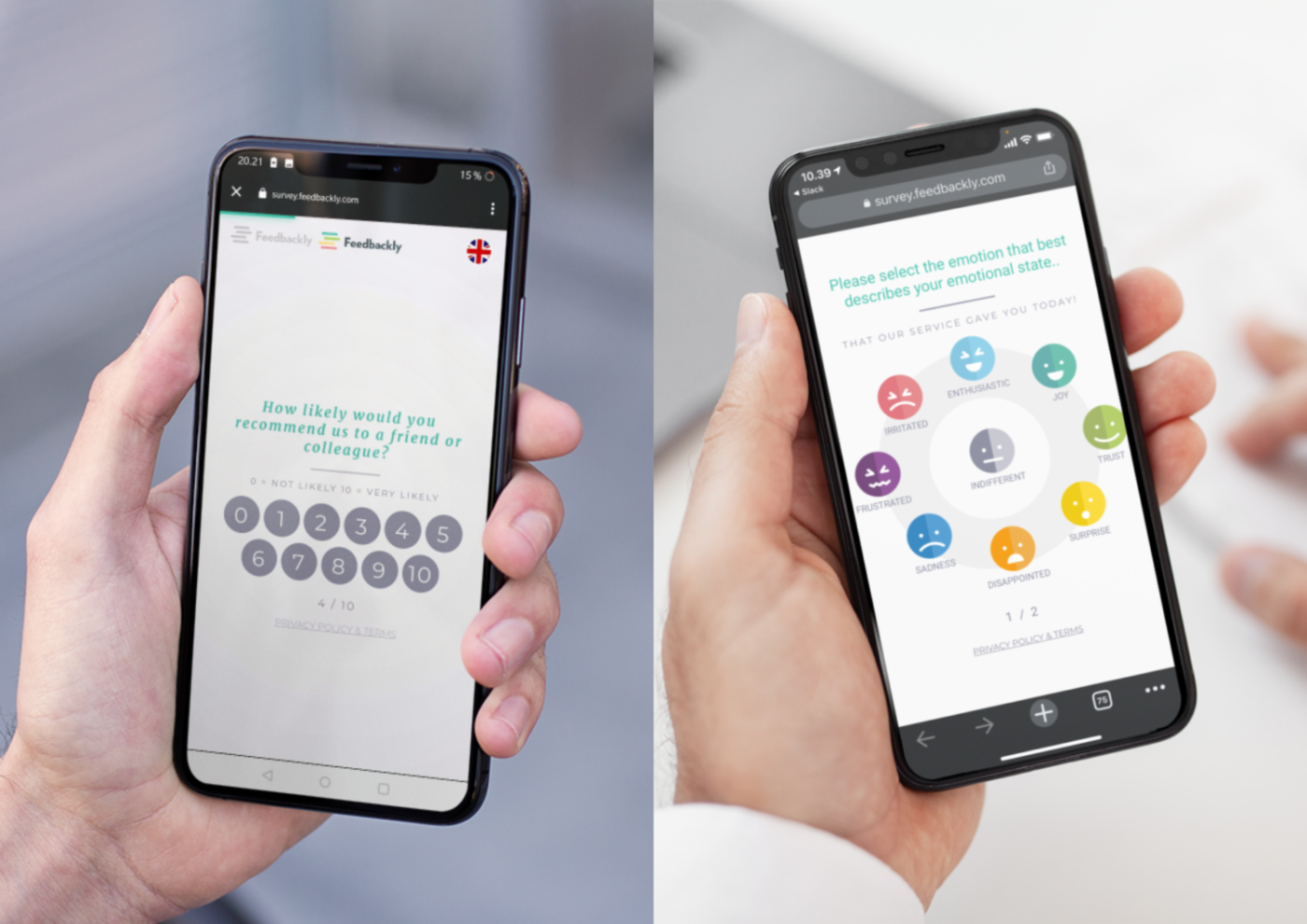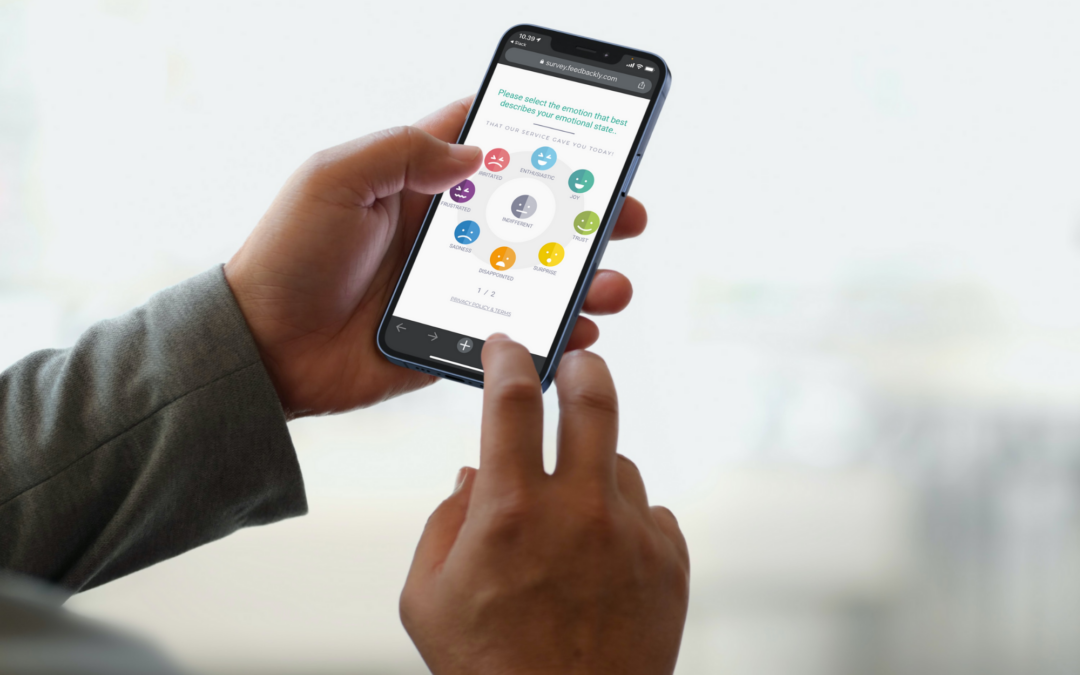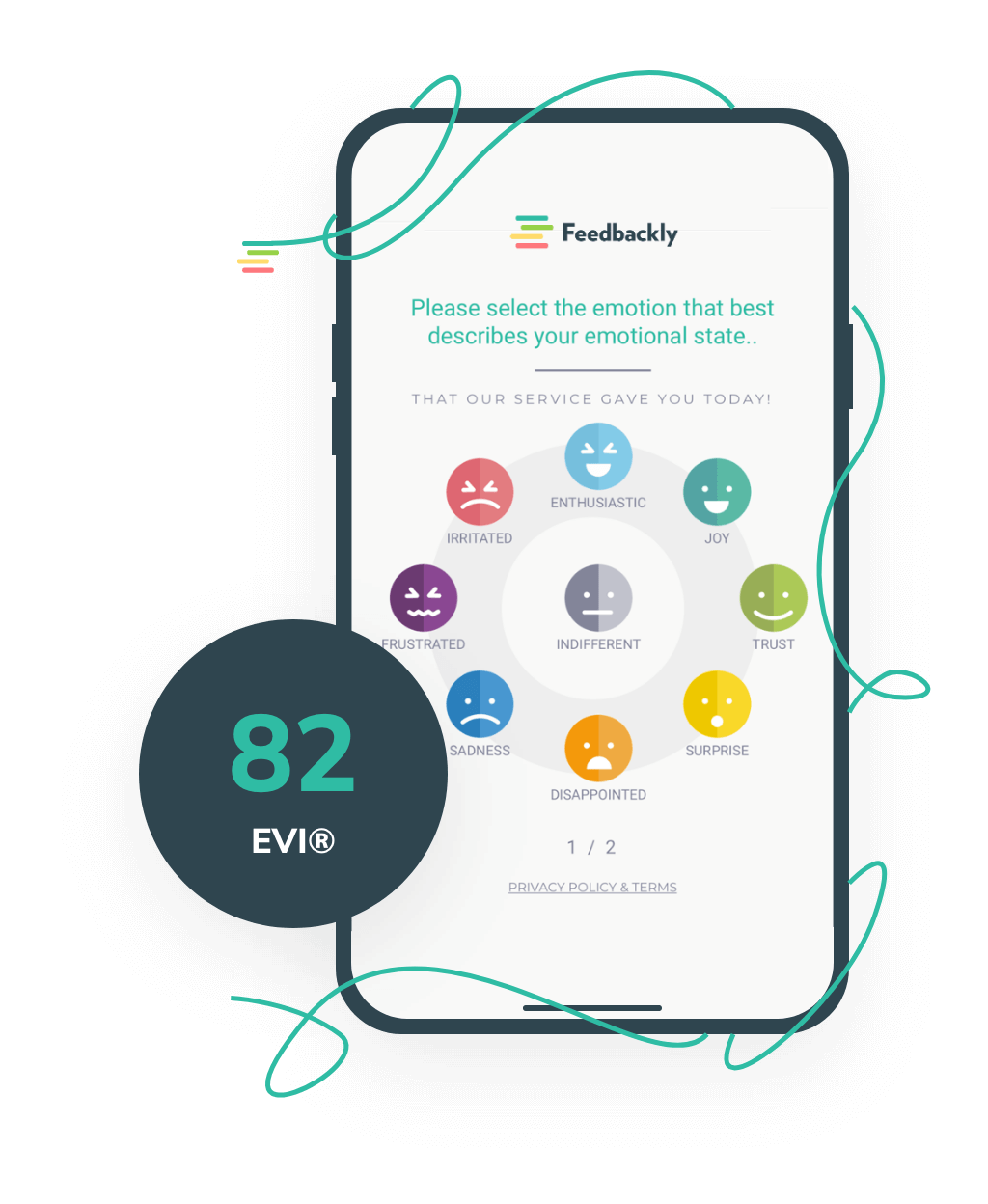In the world of data, Net Promoter Score (NPS) has risen to be one of the most used metrics to measure customer experiences. This page covers all you need to know about the NPS, NPS calculator, and valuable free resources to help you become a CX superstar.
What is the Net Promoter Score?
Bain’s Net Promoter Score, abbreviated as NPS is a CX metric that estimates the likeliness of customers in promoting your business to others. Simply defined, NPS measures the power of word-of-mouth marketing of your business at the “advocacy or loyalty” phase of the customer journey.
The metric aims to calculate the percentage of promoters and detractors regularly to help businesses understand the effectiveness of their customer experience strategies. It’s a very simple metric that reflects a lot of aspects about a brand and is one of the key metrics that help businesses succeed through CX.
By taking the perspective of the customer, the score helps you understand your brand as it is – as opposed to how you perceive it is. It looks at the potential of your business to grow organically.
How to Calculate NPS?
Net Promoter Score is easy to calculate and can help you understand the efficacy of the overall organization, a single department, or a product/service. In order to calculate it, you have to send out a survey consisting of the following question:
“How likely is it that you would recommend us to a friend or colleague?”
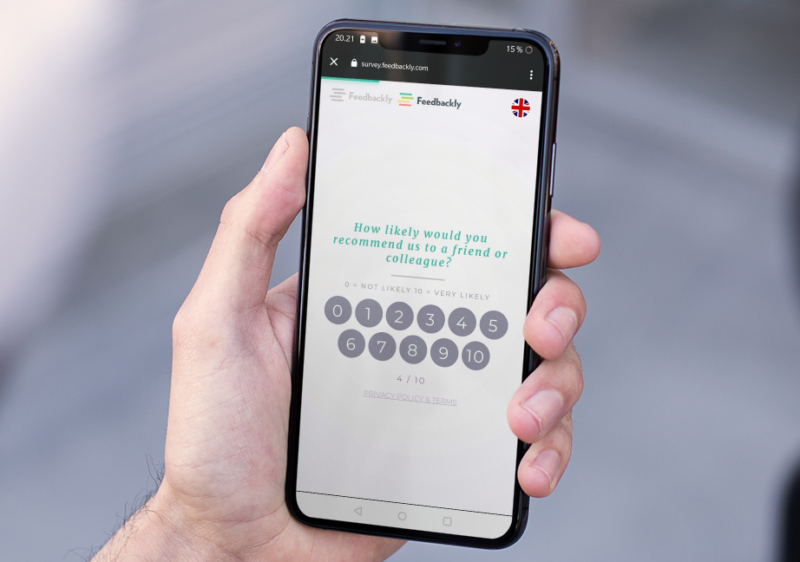
The respondents would answer the question by rating the likeliness on a scale of 0-10, ranging from “not at all likely” to “extremely likely.” Based on their response, each respondent is categorized under one of the three types: Promoters, Passives, and Detractors.
Promoters
Promoters are those who have rated 9 or 10, implying high satisfaction. They are identified as the most loyal segment of customers who will advocate on behalf of the business recommending the product/service for people they know.
Passives
Customers who rate 7 or 8 are identified as passives indicating moderate satisfaction. Although they are not dissatisfied, they won’t promote the business to others as they are not enthusiastic about the brand. They are also more likely to switch.
Detractors
Detractors are respondents who rated 6 or lower value, implying dissatisfaction. They are more threatening to a brand as they can discourage others from doing business with you as well.
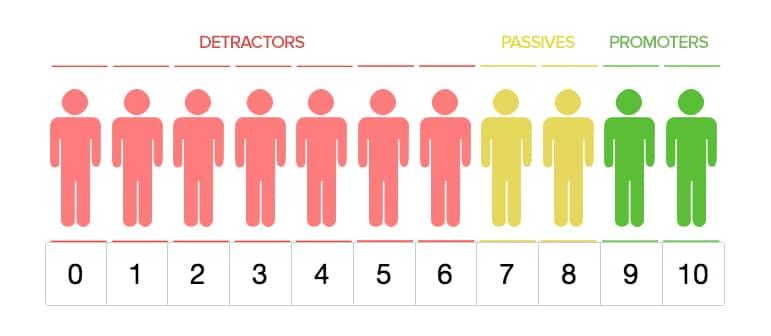
Net Promoter Score = Percentage of Promoters – Percentage of Detractors
With more promoters, a business can conclude that it’s providing a commendable customer experience to others. More detractors would mean that it should fine-tune or position its strategies better. By constantly monitoring the NPS, a business should try to increase the percentage of promoters, thereby gaining a high NPS value.

How NPS compares with other Customer Experience KPIs?
Ideally, a Customer Experience KPI is a number that you can follow on regular bases to evaluate if your company is moving towards your business and Customer Experience goals. Each KPI plays here its own role.
Please see the Customer Experience main KPIs comparison table below that describes the four most popular metrics measured in Customer Experience – Emotional Value Index (EVI®), Customer Effort Score (CES), Customer Satisfaction Score (CSAT), Net Promoter Score (NPS).
When NPS is the wrong metric to measure?
Net Promoter Score (NPS) essentially measures the likeliness of customers to recommend your business to others. Today, it has become a crucial metric that helps you assess the quality of customer experience delivered by your brand. But, like every other metric, NPS is not perfect. There are situations when it fails to deliver useful and accurate results.
1. If you wish to measure CX pre-purchase
In order to respond to NPS surveys, your customers should have a significant experience with the brand. They must have tried the product/service offered by your business to recommend them to other people who might be interested or in need of the product. You cannot measure loyalty using potential customers.
2. If you wish to measure CX across your entire customer journey
As written in the previous paragraph, NPS cannot be measured pre-purchase. With this in mind, NPS is not a KPI that can be used for gaining an overview of the CX across your entire customer journey, from pre-purchase to post-purchase.
3. If you wish to measure and learn about the behavior of your customers
NPS is also not a good metric to measure the behavioral traits of customers as it doesn’t reflect them accurately. This is especially true when you utilize NPS to assess customer experience for products that are considered necessities in people’s lives. People don’t communicate about such products with their acquaintances or brag about their amazing features but continue to use them loyally.
For example, you would hardly recommend Windows 10 to anyone as its essential software and is the dominating choice for operating systems. But, a negative NPS score on it doesn’t necessarily imply you don’t like it or don’t use it. So, measuring overall user behavior in relation to CX requires a multi-dimensional approach like the Emotional Value Index that has the potential to tap into Emotional Experience with behavioral and attitudinal data.
This was a comprehensive overview of the Net Promoter Score. To explore further if NPS is the right metric for your business and how you can measure it, feel free to contact us and we will connect you with our CX experts who are always happy to share their valuable experiences with you.
